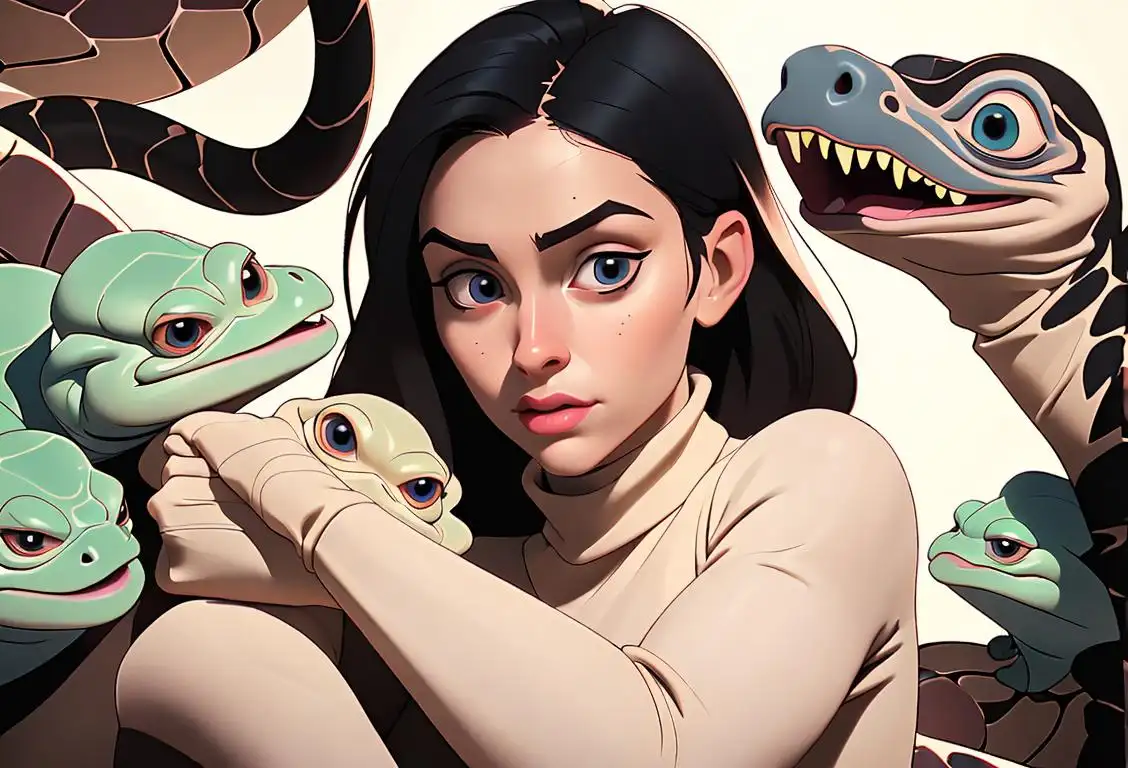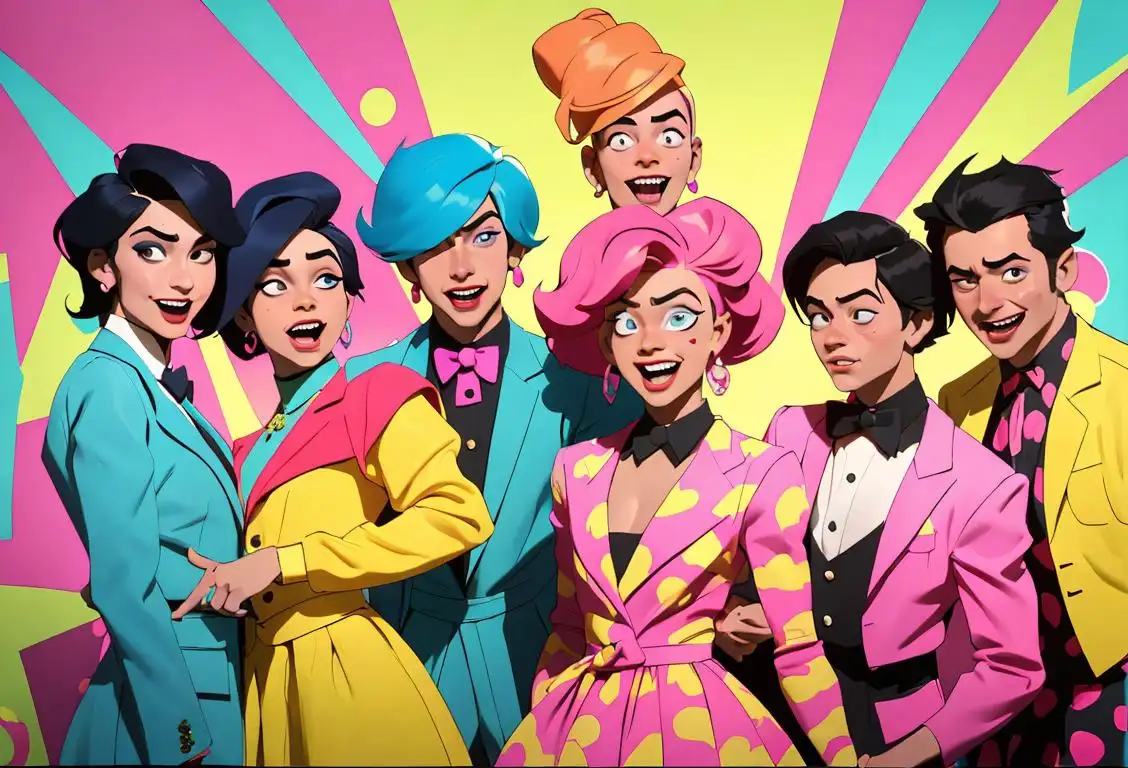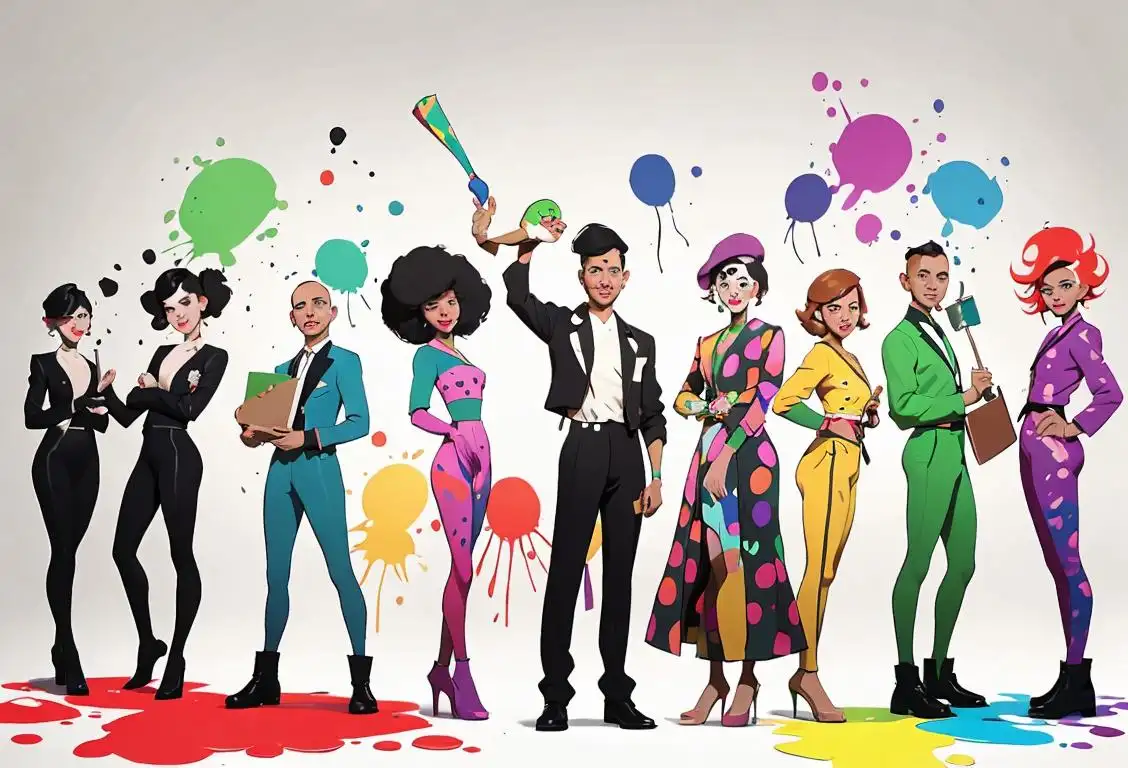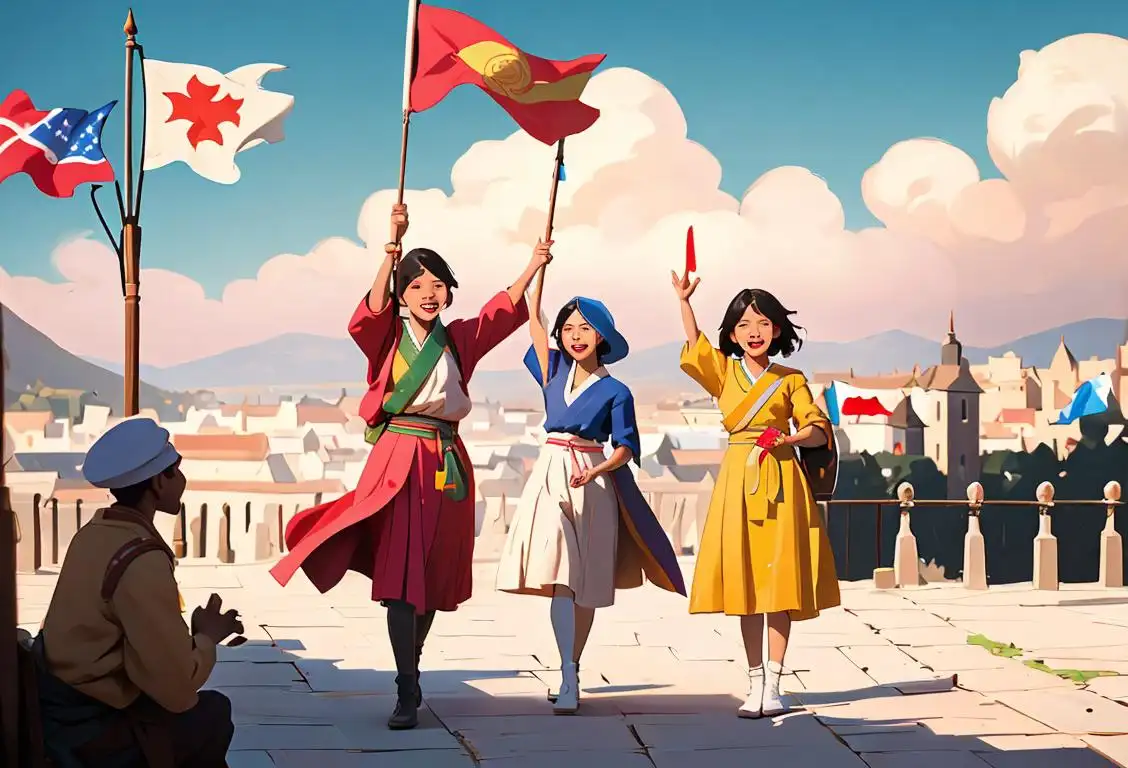National Turtleneck Day

Have you ever wondered why pythons can't wear turtlenecks? No? Well, neither had we, but on National Turtleneck Day, we embark on a whimsical journey into this neck-hugging style evolution. Giving a whole new meaning to chin up, let's dive in!
When is Turtleneck Day?
It's national turtleneck day on the 17th February.
History of the Turtleneck
Brought to life in the chilling winds of 15th century Europe, the turtleneck helped fishermen and sailors stay warm without a scarf that risked entanglement. Ladies and gentlemen, this is a clear example of prospective thinking: why risk a kraken attack when you can wear a turtleneck?
Fame and Popularity
Fast forward to modern-day sophistication, and the turtleneck continued to redefine trends and proves that you don’t have to reveal too much skin to be treat for the eyes. From Audrey Hepburn's chic black number in 'Funny Face' to the iconic Steve Jobs and his signature outfit. The roll neck sweater became emblematic of confident, forward-thinking style. Imagine Jobs on-stage at the iPhone launch in a button-up and khakis. Just doesn't have the same ring to it, does it?
Internet Fame
Roll up to 2021, and we noted a spike of impressive 17 mentions online on National Turtleneck Day, peaking on February 17. We can't help but wonder what sparked this flurry of internet love, maybe a starlet-packed virtual turtleneck theme party in the middle of the lockdown? We can only wish we scored an invite!
Celebrating National Turtleneck Day
Donning a warm neck-hugger and posting a stylish photo with the hashtag #NationalTurtleneckDay, we encourage browser fashionistas worldwide to join the fun! Whip out that turtleneck hanging at the back of your wardrobe and celebrate this quirky day.
History behind the term 'Turtleneck'
15th century
The Origins
Turtlenecks have a long and rich history that dates back to the 15th century. The term 'turtleneck' is believed to originate from the garment's unique collar design resembling the neck of a turtle. During this time, turtlenecks were primarily worn by European sailors to protect themselves from the harsh winds and cold temperatures at sea.
19th century
Popularity in the Industrial Revolution
Turtlenecks enjoyed a surge in popularity during the 19th century with the rise of the Industrial Revolution. The practicality and warmth of turtleneck sweaters made them a favored choice among workers, especially in colder climates. The term 'turtleneck' became more commonly used to describe these garments and it gradually entered mainstream fashion.
1920s
A Symbol of Elegance
In the 1920s, turtlenecks started to transition from a utilitarian garment to a symbol of elegance and sophistication. It was during this time that the iconic black turtleneck gained recognition as a staple in the wardrobe of artists, intellectuals, and bohemian individuals. Figures like Coco Chanel and Pablo Picasso contributed to the turtleneck's association with artistic expression and avant-garde fashion.
1950s-1960s
Turtlenecks in Popular Culture
The popularity of turtlenecks soared in the 1950s and 1960s, thanks to their appearance in popular culture. Actors like Audrey Hepburn and Steve McQueen donned turtlenecks in movies, cementing their status as stylish and understated fashion pieces. The turtleneck also became a symbol of counterculture movements, worn by iconic figures such as beatnik poets and existentialist philosophers.
1980s-Present
Versatility and Contemporary Fashion
From the 1980s onwards, turtlenecks continued to evolve and adapt to the changing fashion trends. They became synonymous with versatility and comfort, making them a staple in both casual and formal settings. Designers introduced various colors, patterns, and fabric choices, allowing for a wide range of turtleneck styles. Today, turtlenecks remain a timeless fashion choice, beloved by both men and women around the world.
Did you know?
Did you know the turtleneck is also known as a polo neck or roll-neck? The terms vary around the world but they all refer to the same stylish and warm piece of clothing.Tagged
awareness fun rememberance style fashionFirst identified
6th July 2019Most mentioned on
17th February 2021Total mentions
17Other days
Turtleneck Day
Croc Day
Bow Tie Day
Crossdressing Day
Memorial Day
Bestfriends Day
Unemployed Day
Pumpkin Day
Cancer Survivors Day
Liberation Day








